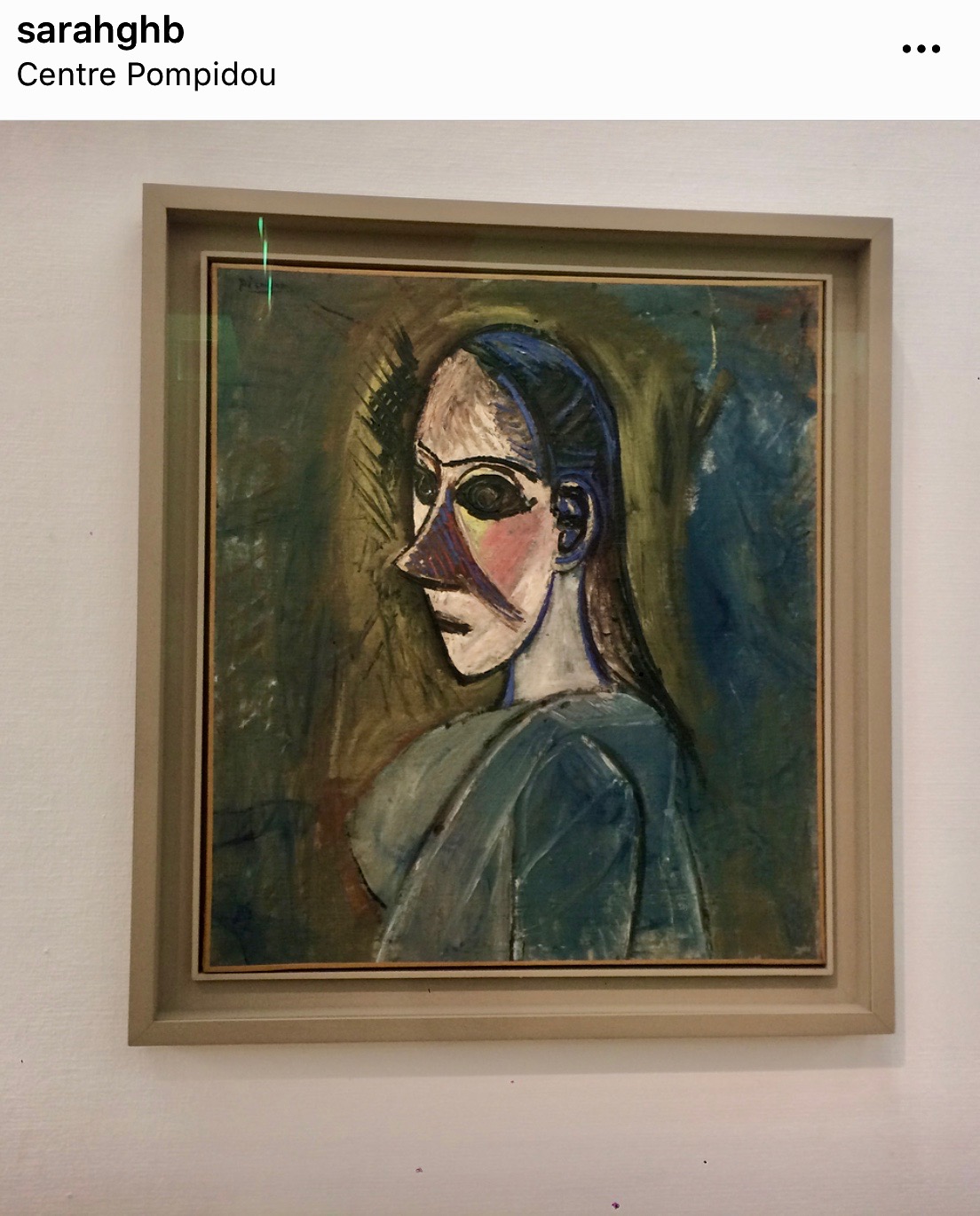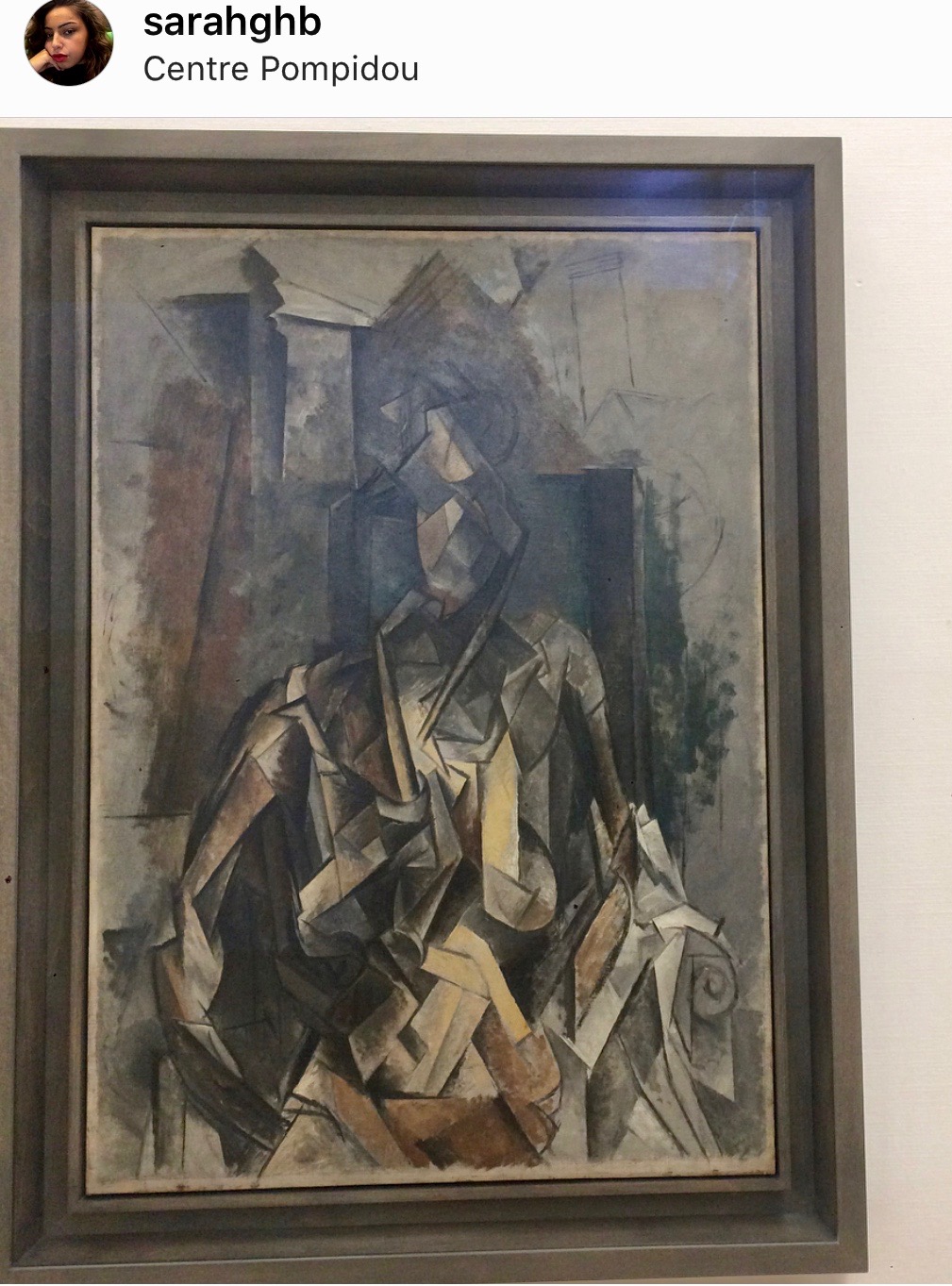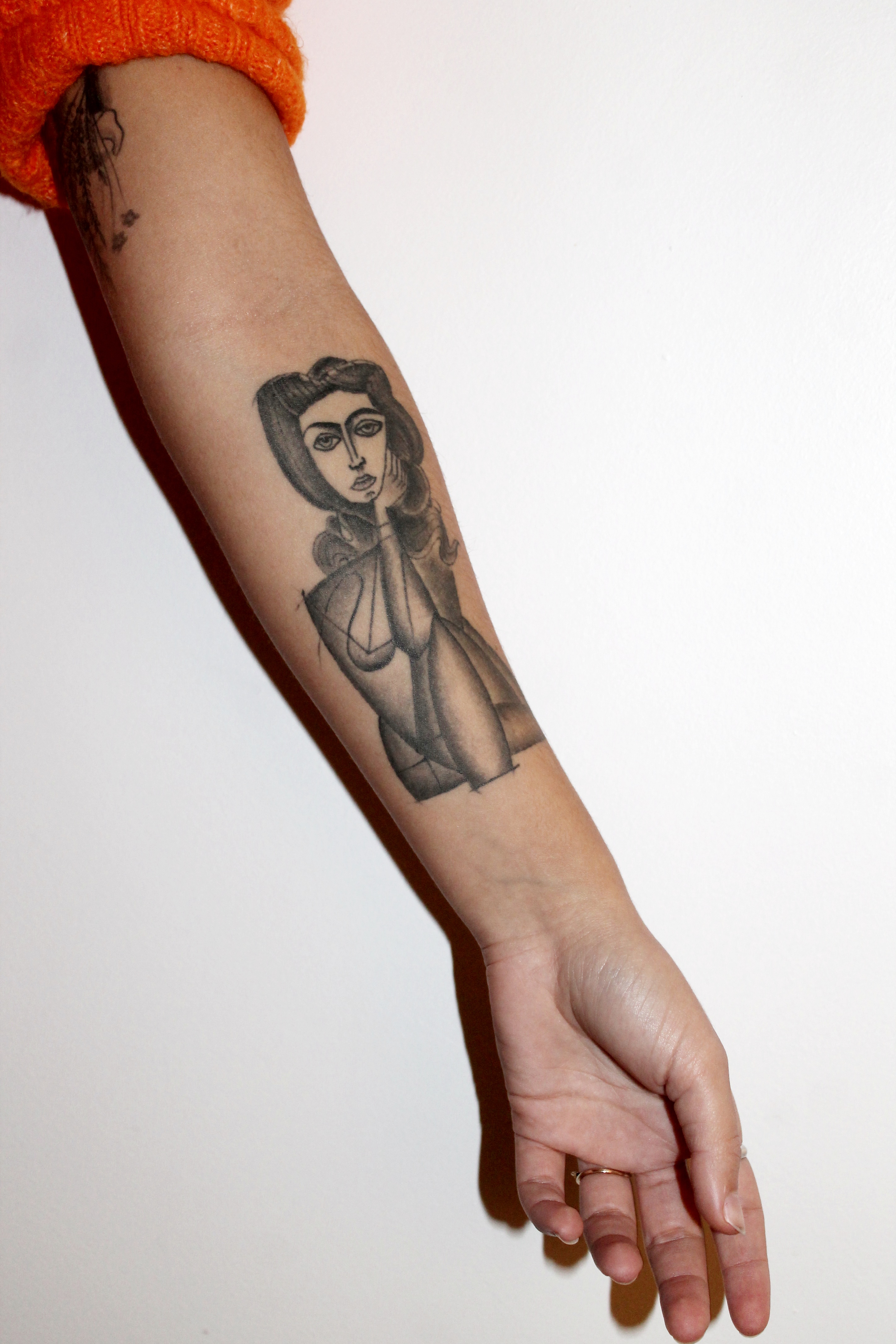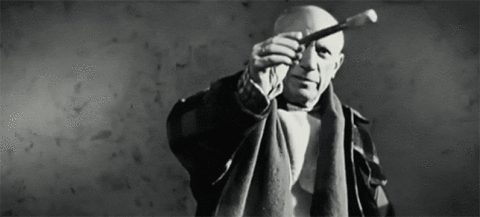Cubism first and foremost is an attempt to make art more arbitrary in its selection of compositional forms. In all ancient painting only the human figure was used as a basis for organisation. Later landscape widened the scope of the painter’s material possibilities; but even the introduction of this new element merely extended the boundary of subject-matter. The essence of art remained the same. Landscape permitted new forms to be interwoven with the old ones, without making the old more plastic. The elasticising process was what the painter had always desiderated, but his literalness was such that he never went beyond primary distortions of the human body—distortions so small that they were almost unnoticeable. With the Greeks and Chinese these deformations were practised in order to beautify the body’s relative proportions; with the East Indians and Michelangelo, to accentuate the emotion of forceful movement; with Renoir, to express form fully in its relation to the generating line of each picture; and with Matisse the distortions were the result, first, of a reaction against a hackneyed classic system, and later, of a desire to divorce æsthetic pleasure from mental association, in other words, to make form abstract rather than238 personal. In him there is no rhythmic composition, and while, as in the case of Renoir, his pictures are great as ensembles, each part of them is a separate item which does not depend, for appreciation, on its rapport to the whole. His is an art of colour, of sensitive and inspiring form in two dimensions—a decorative art of a high order. As such it is at once a derivation of Impressionism and a development of Impressionistic colour through the channels of taste.
This is markedly true of Picasso who instigated the movement. When he first came to Paris he threw himself into a style of painting which recalled Steinlen at his best. From Steinlen he went to Toulouse-Lautrec and Impressionistic colour. Next he did carefully drawn portraits which proclaimed him a greater Gauguin. Later he become infatuated with the rhythm and skeleton-like creations of El Greco. It was at this period that he began to do his significant work. His pictures for the most part were painted in blue. They were sensitive to a high degree, and were, in the sculptural sense, sometimes ordered into a solid block form. Then, adopting a reddish colour gamut, he began to create full figures of nudes, portraits and animal studies. At this time he commenced his research in precise form. He organised copies of negro sculpture of which he had heard much from Matisse, and it was a result of his studying these rigid figures that247 angularities began to creep into his art. Other artists set to work along the same lines, and from the friction of ideas which followed the theory of Cubism was evolved. Picasso’s still-lives then became more precise, more hard-cut, more personal, more completely ordered. It is from this period we receive some of his greatest work.



Photos
- Buste de femme, 1907 , prise au Centre Pompidou
- Femme assise dans un fauteuil, 1910 , prise au Centre Pompidou
- Portrait de Françoise, 1946 , Tatouage fait à Barcelone
